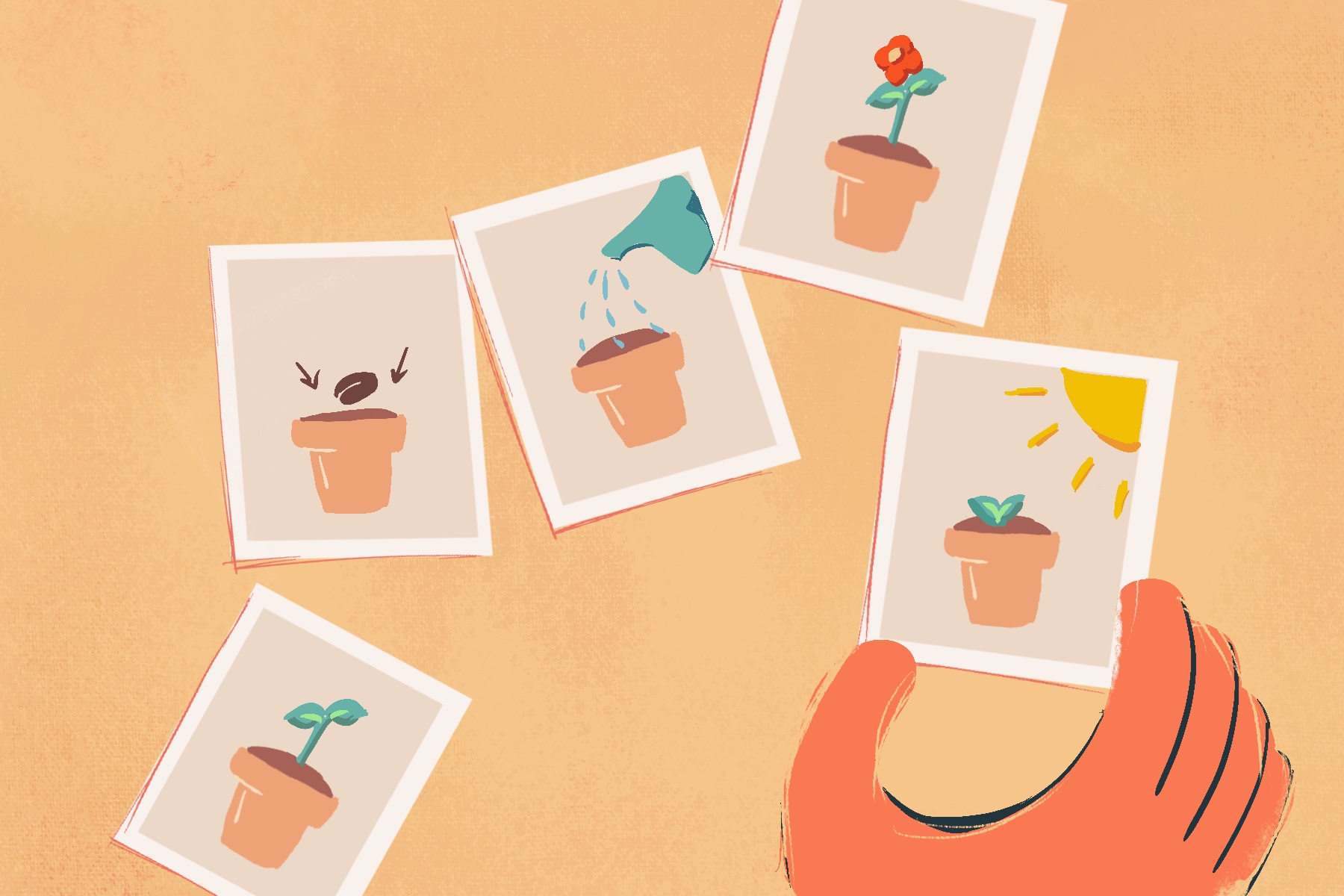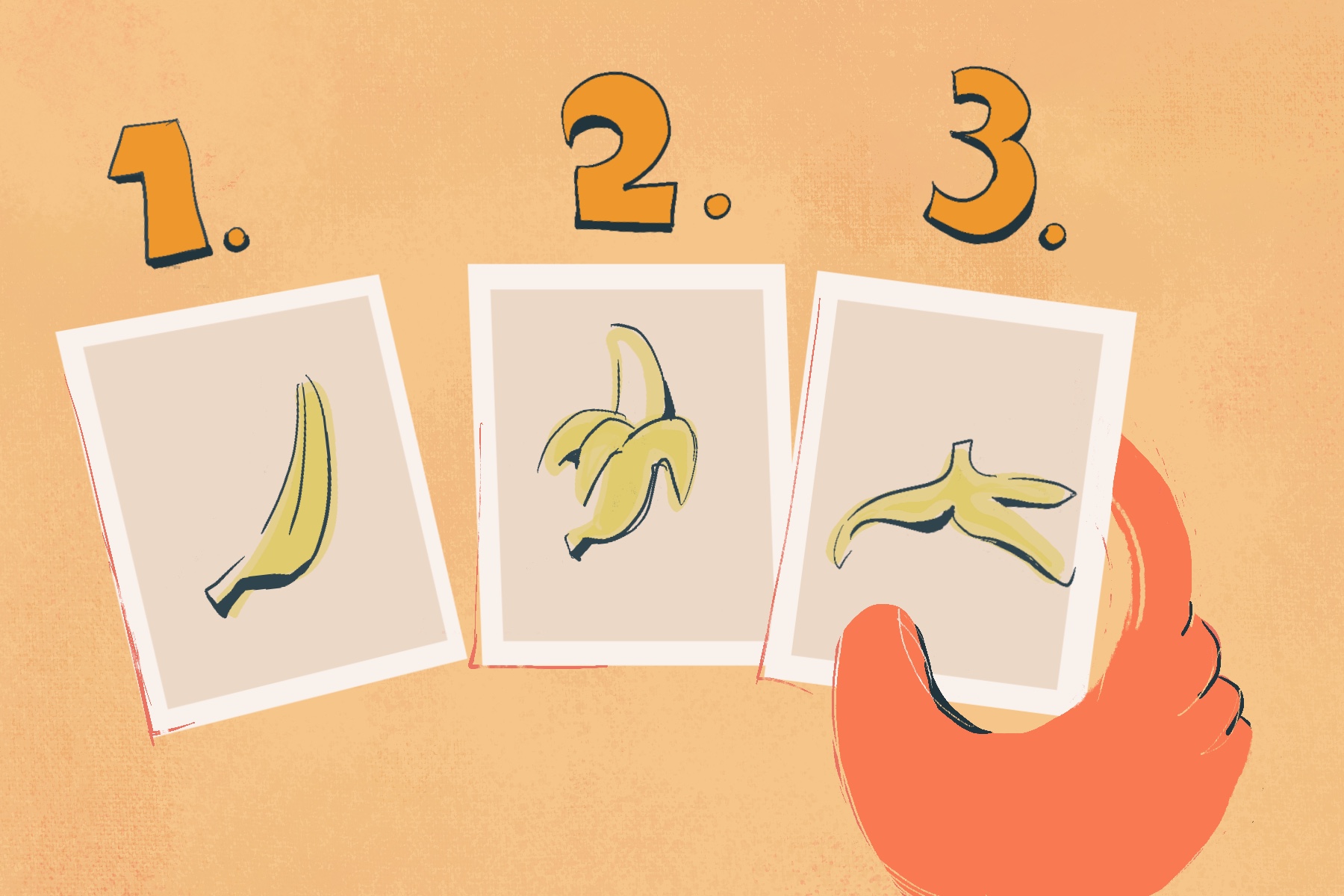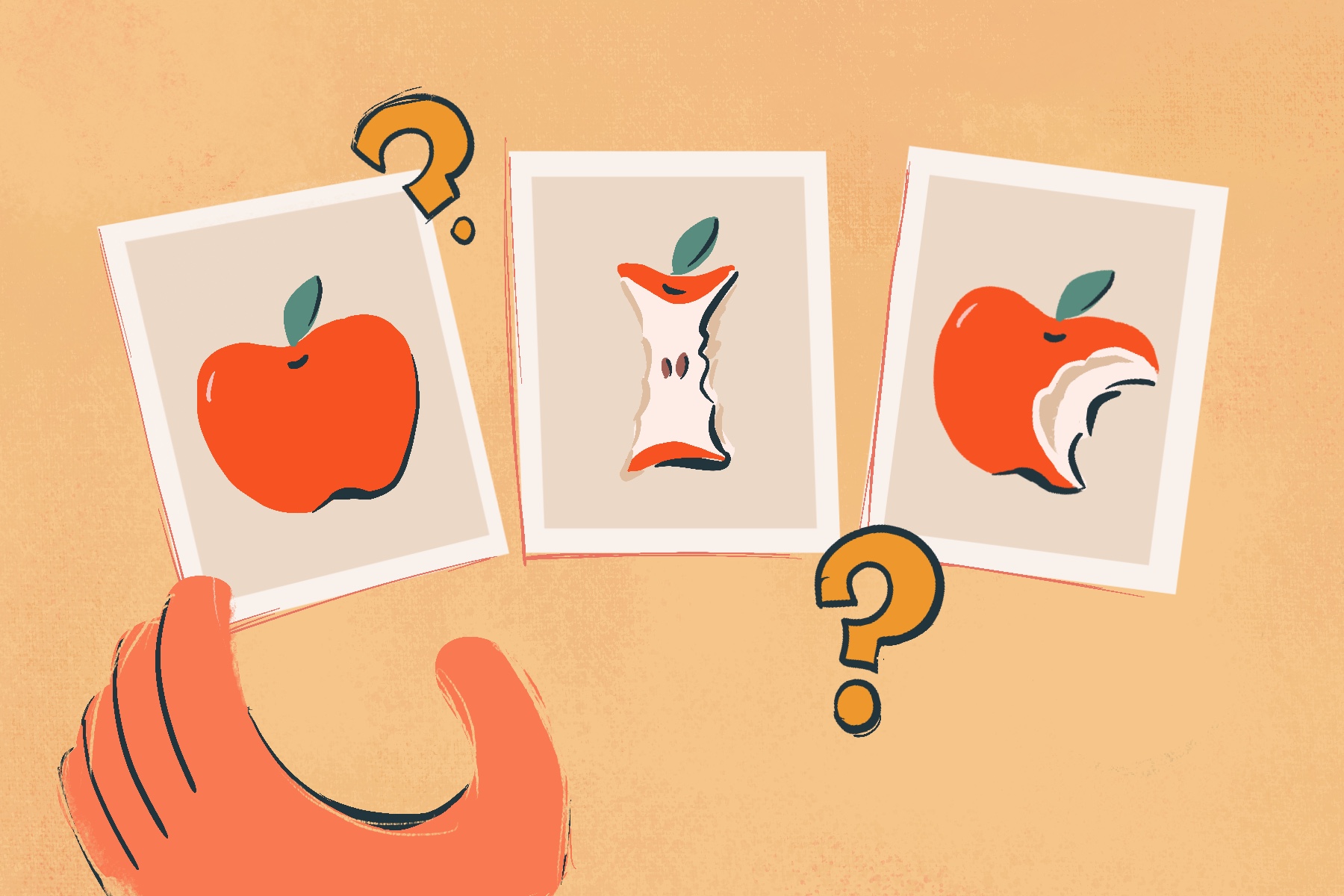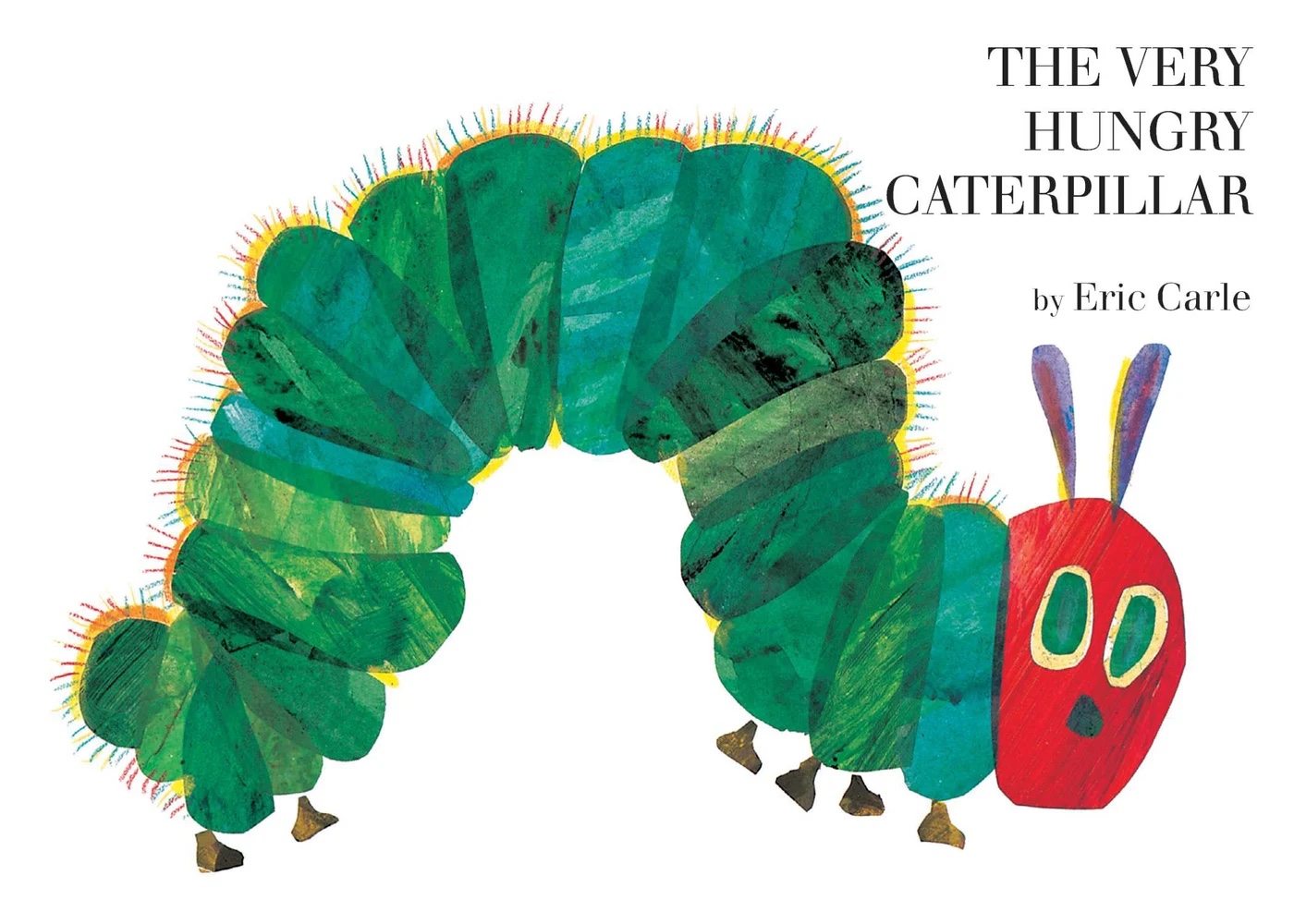
Sequencing in daily activities
Unplugged Activity No Coding Experience Sequencing
What you need
Tools
Device with internet access
Skills
None
Environment
Any
Support
Adult moderator and one or more learners
Description
Sequencing is an abstract concept and takes a lot of practice to master for many kids. Learners can try these activities to understand how a series of objects and events can happen in a specific and logical order. The following activities include simple sequences that are familiar to children and are a natural part of their daily routines.
Going to bed - 5 steps (Taking a bath, putting on pyjamas, brushing teeth, reading a book, going to sleep)

Growing a plant - 4 steps (Planting the seed, watering the seed, placing the pot in the sunlight, letting the plant grow)

Making a sand castle - 3 steps (Filling a bucket with damp sand, pushing sand down with your hands, flipping the bucket)

Steps
- Choose one of the above activities.
- You can right click on any sets of above images to open them in a separate browser window and print them out.
- Ask the learner to describe the cards for each activity.
- Use one of the activities to show the learner how to put the cards in the correct order.
- Ask the learner to put the printed cards in order.
Tips
- Begin with simpler activities with fewer steps, such as brushing teeth or going to bed.
- When a learner puts items in an incorrect order, ask them to describe their reasoning.
Skill Development
- Sequencing
- Sorting
- Pattern recognition
Level Up!
- Talk to learners about their daily activities to help them build their understanding of sequencing. Throughout the day, ask them to explain what they are doing first, next, and last as those steps are happening. For example, when they are having meals, tying shoes, using the bathroom, or going outside, ask them to explain the steps.
- Use a few or several images from magazines/flyers/newspapers/storybooks or family photos. Ask learners to put these items in the correct order either chronological or logical. Reinforce the vocabulary by asking them what happened first, next, and last.
You may like this:

Beginning, middle, and end
Unplugged · No Coding Experience · Sequencing
This activity uses stories to understand sequencing.

Fixing a sequence
Unplugged · No Coding Experience · Sequencing
This activity helps learners to identify and change patterns.
